-
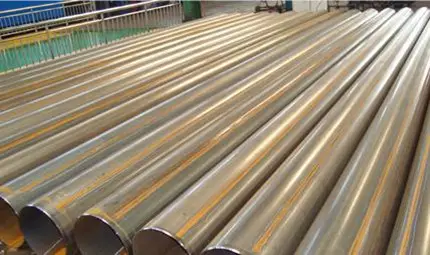
People always confused about how to describe steel pipe dimensions (sizes) in correct ways, or how to clarify to seller what exactly pipe size we are going to purchase. In case any misunderstandings or a different size we purchased, that will be a big trouble.
-
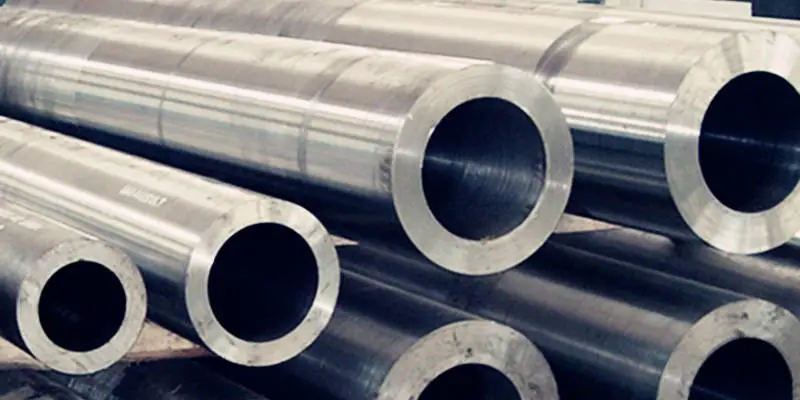
ASTM A335 pipe (with Grade P9, P11, P22, P91 pipes) has been widely used in different industries for high temperature, high pressure services. According to market data, it is one of the most consumption alloy pipes in boiler industry, heat exchanger, power station, high and super high pressure vessels.
-
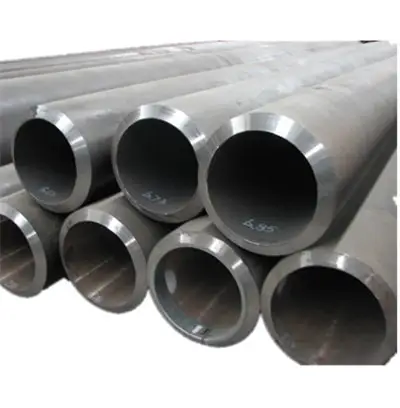
People always confused about how to describe steel pipe dimensions (sizes) in correct ways, or how to clarify to seller what exactly pipe size we are going to purchase. In case any misunderstandings or a different size we purchased, that will be a big trouble.
-
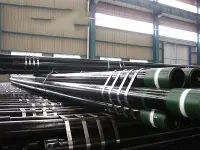
Well casing pipe is essential for any water well. It protects the wellbore from collapse, blocks contaminants, and provides long-term structural support.This article will briefly introduce damage and repair of well casing pipe.
-
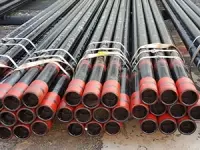
In oil and gas extraction, tubing and casing are two essential types of well pipes. Both are critical for safe, stable, and efficient production, and their respective pressure ratings directly influence well integrity and operational reliability. Here's an overview of comparison of tubing and casing pressure.
-

Square tubes (SHS steel) are structural tubing with a square cross-section. They are typically produced by bending steel strips or plates into shape and then welding the seam. Seamless square tubes are also available, manufactured through cold-drawing or hot-rolling processes for higher strength and uniformity. Thanks to their symmetrical geometry and excellent load-bearing capability, square tubes are widely used in applications that require strong support or frame structures.This article will briefly introduce how to bend a square tube.
-

SCH 40 and SCH 40S are commonly used pipe schedules in construction, petrochemical, pharmaceutical, and general industrial applications. While they appear similar, they differ in material suitability, standards, and performance.
-
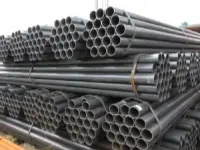
In the world of industrial construction and pipeline systems, choosing the right pipe diameter is critical for safety, stability, and efficiency. Among various specifications, DN219 steel pipe stands out for its balance between strength, size, and adaptability, making it a preferred choice across construction, energy, and manufacturing sectors.
-
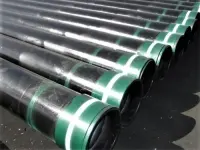
ISO 11960:2020(E) – Petroleum and natural gas industries — Steel pipes for use as casing or tubing for wells. This article will briefly introduce ISO 11960 casing and tubing for wells.
-
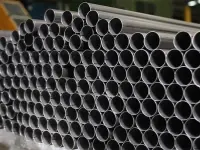
Mild steel pipe (MS pipe) is a type of carbon steel pipe made from low-carbon steel. It typically contains a small percentage of carbon (below 0.25%) along with elements such as silicon, manganese, phosphorus, and sulfur.
-
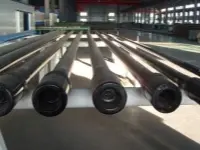
The weight of a drill pipe is primarily determined by its size, material (steel grade), and length. Typically made from high-strength steel, drill pipes are engineered to endure the extreme pressure and torque encountered in drilling operations. The following overview outlines the general weight ranges and the main factors influencing them.
-

Constructing a water well involves many important decisions, and one of the most critical is selecting the right well casing pipe. The casing pipe not only supports the well structure but also protects the wellhead and ensures water quality. Common materials include carbon steel, stainless steel, PVC, and fiberglass (FRP).When choosing the best option, consider several factors—such as pipe specifications, well depth, geological conditions, water quality, budget, and service life.
-

Steel plays an irreplaceable role in modern construction, manufacturing, and infrastructure. Among the many steel products available today, the DN808 steel pipe stands out for its exceptional strength, durability, and versatility. Let’s explore the key characteristics, main applications, and future development trends of this remarkable material.
-

As the name suggests, mild steel casing pipe is made from low-carbon steel—one of the most versatile and widely used materials in the steel industry. Thanks to its low carbon content, mild steel combines strength with excellent formability and weldability. Through specialized manufacturing processes, mild steel casing pipes inherit these core qualities and gain enhanced performance characteristics, making them a quiet yet essential player in countless industrial and construction applications.
-
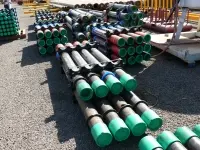
Casing joint strength refers to the ability of a threaded connection to withstand various mechanical loads. It is not a single metric, but rather a reflection of comprehensive performance under real downhole conditions — including tension, compression, bending, and internal/external pressure.
-
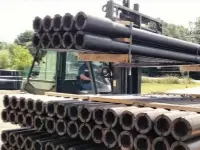
Drill pipe is a critical component in oil and gas drilling as well as geological exploration, mainly made from seamless steel pipes. Here's an overview of drill pipe price and cost.
-
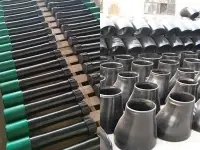
In pipeline engineering, pup joints and pipe reducers are two essential types of pipe fittings. While both serve as connectors, they differ significantly in structure, function, manufacturing, and installation methods. Understanding these differences is crucial for ensuring pipeline safety, efficiency, and reliability.
-
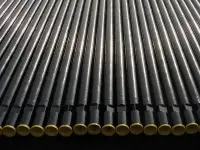
OCTG drill pipe, often called the “lifeline” of oil and gas drilling. Nondestructive testing (NDT) is a key quality assurance measure for OCTG drill pipe, applied from manufacturing to decommissioning, and must comply with industry standards such as API 5DP.
-
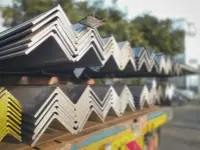
Angle steel is one of the most widely used steel structures.The connection process of angle steel is the “bond” that links structural members together. Connection quality directly affects structural stability and safety. Poorly executed connections may lead to equipment failure or even building collapse. Therefore, mastering scientific and reliable connection techniques is essential for the efficient application of angle steel.
-
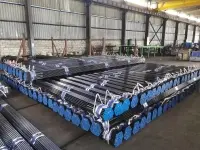
As a core material in oil and gas exploration, OCTG pipes are engineered to withstand complex downhole conditions. With adaptability, reliability, and full-process coverage, they have become indispensable in ensuring safe and efficient oil and gas production. Their advantages can be highlighted in the following aspects.
-
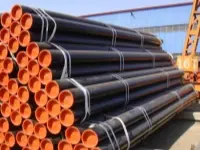
Although OCTG Pipe and Line Pipe are both essential steel pipes in the energy industry, they serve very different purposes. Their distinctions lie in definition, performance requirements, structural design, and applicable standards. The comparison can be made across five core dimensions.




















